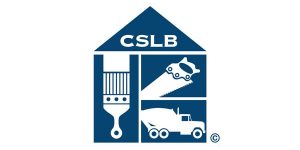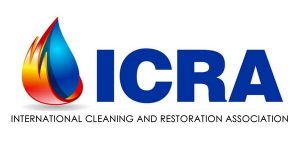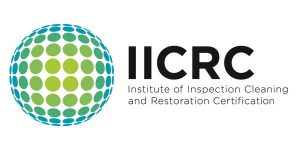
There are different ways of looking at the various types of water damage. As a homeowner or business owner, you’re likely to be most interested in the type of damage itself. But as a water damage restoration technicians we focus on the categories of water sources. And insurance companies make a big distinction based on the causes of water damage.
What’s Damaged
From the perspective of the owners of homes and businesses, it’s essential to know those seemingly small incidents such as a tub or toilet overflow can lead to significant water damage repair costs. Damage can progress slowly, often out of sight. Or be sudden and apparent. And range from faint water stains to significant structural destruction.
Just about any porous material that traps moisture is subject to mold and bacteria growth and may have to be replaced if that growth is allowed to continue for more than a few days. Drywall (also called sheetrock or gypsum board) perhaps suffers the most. In addition to molding, it quickly swells and may soon disintegrate completely.
Wood and wood furniture warps and splits. And given time rots away. Paneling and plywood delaminate, separating into its layers — iron and steel building components rust.
Did You Know? Besides hurricanes, plumbing problems are the leading cause of flood damage insurance claims (Claims Magazine, August 2000). That includes pipes themselves as well as fittings and flex connections to water heaters, water softeners, dishwashers, ice makers, and humidifiers. Washing machine hoses are especially problematic and should be replaced at the first signs of damage or deterioration.
Restoration Categories
From a water damage cleanup perspective, categories of water sources determine sanitation requirements while classes of extent determine the drying effort required (https://en.wikipedia.org/wiki/Water_damage).
Category 1, clean water, comes directly from plumbing and poses negligible hazards to people and pets. Category 2 water (previously called “gray”) contains compounds and micro-organisms that may cause discomfort and sickness. Sources include clothes washers and dishwashers. Category 3 (formerly called “black”) is grossly unsanitary — filled with bacteria, viruses, and fungi. Water that has been in contact with soil or that has been standing for more than a day or so also falls into Category 3.
Four “classes” are based on how quickly it’s necessary to dry out a building and its contents. For Class 1 only a portion of a room is affected, and there’s a minimum of water that’s been absorbed. With Class 2 carpeting or another flooring in one or more rooms have been soaked. Water may also be wicking upwards within walls. In Class 3 ceilings, walls, and insulation have also been soaked — class 4 covers “low porosity” materials such as concrete which are especially challenging to dry out.
Insurance
Insurance companies have their criteria for types of water damage, with a big impact on what’s covered and what’s not. First, they distinguish a dwelling from personal property (or a commercial building from its contents), so it’s common to hold two policies. Second, they make a big (and sometimes confusing) distinction based on where the water came from.
On-site sources such as plumbing and appliance failures are typically covered under standard policies. But claims will only be paid for “sudden and accidental” issues, not the results of weak or neglected maintenance. Common problems such as a sewer backup or a failed sump pump usually require a special addendum for coverage.
Only specific flood policies cover damage from off-property sources such as storms, saturated ground, and overflowing creeks, streams, rivers, ponds, and lakes. These policies are often purchased from the National Flood Insurance Program (NFIP).









